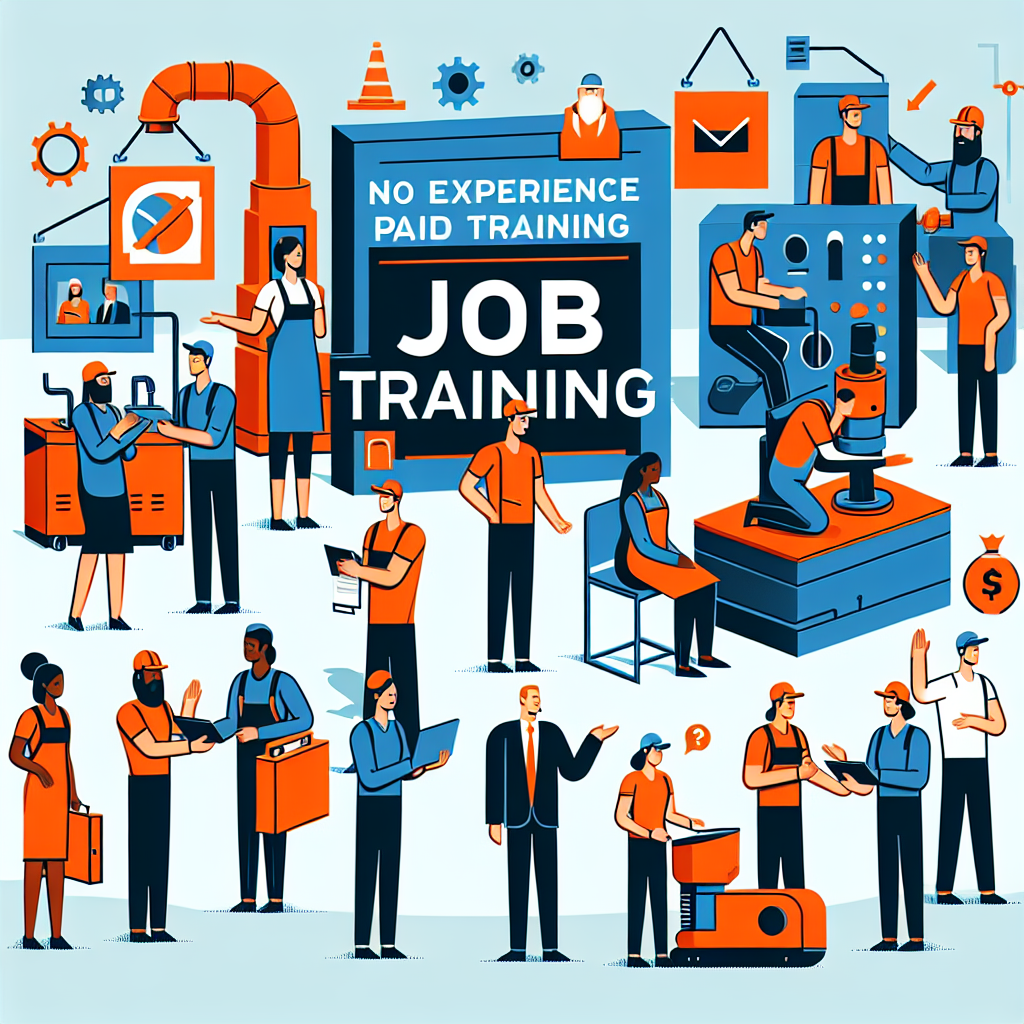If you think “no experience” paid training jobs are all the same, think again. This post highlights 10 Things You Didn’t Know About No Experience Paid Training Jobs and explains how these entry-level roles can pay, train, and propel careers in unexpected ways. Whether you’re a student, a career changer, or returning to work, understanding the nuances of paid training positions helps you evaluate offers, negotiate better terms, and pick roles that lead to real advancement.
Ten surprising features of no-experience paid training roles
Many employers use paid training programs to build a pipeline of talent rather than hire already experienced workers. These programs often include structured curricula, mentorship, and measurable milestones. Below are lesser-known aspects that job seekers commonly overlook.
1. They’re closer to apprenticeships than informal onboarding
Paid training jobs frequently resemble modern apprenticeships: a mix of hands-on work, classroom-style instruction, and performance reviews. Employers invest in trainees because it’s cheaper long-term than recruiting senior hires for every role.
2. Compensation can include non-salary benefits that matter
Beyond hourly wages or a stipend, paid training roles may offer tuition reimbursement, certification fees, travel allowances, or technology stipends. When evaluating offers, compare the total package instead of focusing only on base pay.
3. Not all “no experience” labels mean zero skills required
Some jobs expect transferable skills—communication, basic computer literacy, or problem-solving—even if they say “no experience necessary.” Highlighting volunteer work, coursework, or part-time roles on your application can improve your chances.
4. Completion rates and conversion metrics are tracked
Employers often measure program success—how many trainees finish and how many convert into full roles. Understanding those metrics can help you identify which programs are serious about long-term hires versus short-term staffing.
5. There’s often a clear promotion pathway
Good paid training programs map out progression. You may start on an entry-level track but be eligible for fast promotions after completing certain modules or certifications. Ask for written examples of past trainee outcomes during interviews.
6. They can be specialized or industry-specific
Paid training exists across sectors: healthcare, IT, finance, manufacturing, retail, and customer service. Some programs certify you in niche tools or processes that are highly marketable, turning a short training period into a long-term career asset.
7. Many roles are hybrid or remote-ready
Especially in tech and customer support, training can begin remotely with virtual classrooms and mentorship. This widens access for people who cannot relocate and reduces commute-related barriers for students or caregivers.
8. Employer-paid certifications boost your resume
Paid training that includes vendor or industry certifications (e.g., Microsoft, CompTIA, CPR/First Aid) provides credentials you keep even if you leave the employer. That credential portability is a major long-term benefit.
9. Some programs include formal mentorship and networking
Structured mentorship, cohort-based learning, and networking events are common. These connections can be as valuable as technical skills learned during training and often lead to future job referrals.
10. Where you find them matters
Job boards, college career centers, and employer websites are top sources. Students and recent grads should also explore targeted lists and guides that aggregate student-friendly opportunities—start with resources that cover job board options for young workers like The Ultimate Guide to Job Boards for College Students in the USA — Free and Paid Options.
How to evaluate a paid training offer
Look for clear learning objectives, measurable outcomes, signed commitments about pay during training, post-training job guarantees or timelines, certification details, and mentorship availability. Ask whether training time is paid and how performance is assessed. If possible, speak with program alumni to learn about real-world results.
- Check whether training hours are compensated and how overtime is handled.
- Confirm what certifications or credentials are included.
- Ask for statistics on trainee conversion to full-time roles.
Further reading
For an external perspective on how many roles today require little or no previous experience and what that means for job seekers, the Bureau of Labor Statistics provides an informative analysis: BLS article on jobs requiring little or no experience.
FAQ
Q: Are paid training jobs legitimate or are they a form of unpaid internship?
A: Legitimate paid training jobs compensate you during the training period and often offer clear paths to employment. Verify payment terms, required commitments, and ask for references from past participants.
Q: Will completing a paid training program limit my future options?
A: Not usually. Many programs award certifications and experience that are transferable. However, be wary of roles that require long-term contractual commitments with penalties for early exit.
Q: How can students maximize benefits from paid training?
A: Treat training like a mini degree—document skills learned, obtain certifications, network, and ask for a letter or review describing your achievements to use on resumes and LinkedIn.



